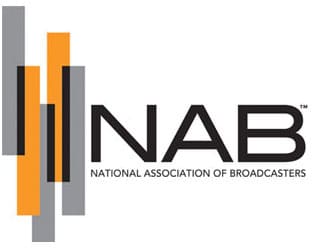 60% of global consumers with Internet access prefer to buy new products from a familiar brand rather than switch to a new brand, according to a new study from Nielsen, a leading global provider of information and insights into what consumers watch and buy.
60% of global consumers with Internet access prefer to buy new products from a familiar brand rather than switch to a new brand, according to a new study from Nielsen, a leading global provider of information and insights into what consumers watch and buy.
The Nielsen Global Survey of New Product Purchase Sentiment surveyed more than 29,000 Internet respondents in 58 countries and shows that brand familiarity is one of several key characteristics that resonate strongly with consumers worldwide.
“Innovating on established brands that are already trusted by consumers can be a powerful strategy,” said Rob Wengel, SVP, Nielsen Innovation Analytics. “Companies spend millions of dollars on new product innovation, yet two out of every three new products will not be on the market within three years. Marketers and retailers can deliver successful new products by ensuring they uncover unmet consumer needs, communicate with clarity, deliver distinct product innovations, and execute an optimal marketing strategy.”
Attributes of New Product Success
50% of global respondents say they are generally willing to consider a new product purchase, with respondents in North America and the Middle East/Africa (57%) most enthusiastic about making a switch. Nielsen’s survey shows that value and proof-of-concept make a difference: 64% of respondents say they would consider value or store-brand options, and 60% will wait until a new innovation has proven itself before making a purchase.
“Consumers are enthusiastic about adopting new product innovations but somewhat apprehensive about embracing new brands,” said Wengel. “In order for consumers to adopt new brands, marketers need to launch very strong awareness and trial-building campaigns, supported by a positive product experience. Generating positive word-of-mouth endorsements are important, because negative experiences can significantly diminish the likelihood of new product success.”
Economic factors also play a role in purchase decisions, as 45 percent of global respondents report that challenging economic conditions make them less likely to try a new product. Four in 10 respondents (39%) indicate a willingness to pay a premium price for a new product.
Nielsen’s survey shows that distinctions exist with regard to preferences for local and global brands. Forty percent of global respondents say they are partial toward local options, with North Americans most in favor of local brands (47%). Asia-Pacific respondents are less likely to make a local purchase – more than one-quarter (26%) say they do not prefer to buy local brands over large global brands.
Nielsen’s review of 21 methods to reach consumers across various media and advertising platforms shows that a mix of word-of-mouth communication, traditional advertising, and Internet activity are the most persuasive ways to drive awareness. However, potential reach and ease of execution varies substantially.
While 77% of global respondents say word-of-mouth advice from family and friends are the most persuasive source of new product information, active Internet searching (67%), and traditional television advertising (59%) remain influential. Globally, respondents say the Internet is very or somewhat important when making a new product purchase decision for food and beverages (62%), personal hygiene categories (62%), personal health/over-the-counter medicines (61%), and hair care categories (60%).





